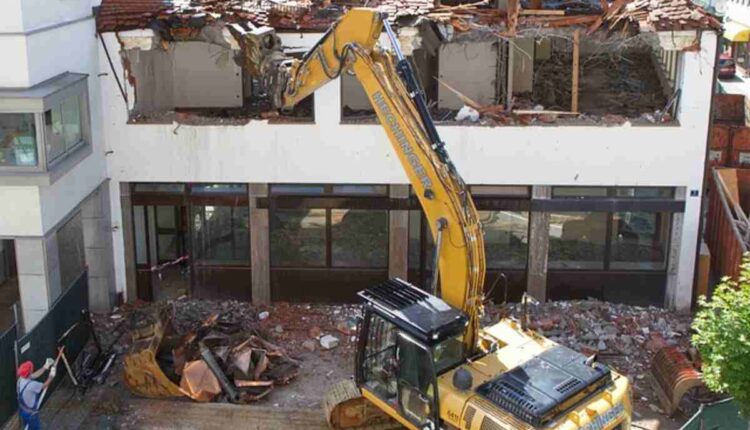An essential first step of any demolition project is surveying the structure. This means identifying its type and whether or not it contains hazardous materials. Find the best Demolition in Scottsdale.
Clearing is the practice of removing all non-load-bearing components and materials from a structure to prepare it for demolition, such as asbestos removal.
Purpose of Demolition
Demolition involves dismantling building structures and clearing away their debris, often necessary for buildings that have outlived their useful life or have become incompatible with another use. Demolition requires professional expertise.
Your choice of a demolition contractor will have a significant impact on the success of your project. Look for someone with years of experience, a proven track record, and familiarity with various demolition methods and safety protocols.
Before commencing demolition work, it is vitally important to create a plan. This should include an in-depth outline of your demolition method and sequence of events; all safety precautions (hazard identification, PPE requirements, emergency procedures, etc) must be observed, as well as emergency plans if applicable.
The first purpose is to simplify the construction of new spaces.
Demolition allows new construction to take place. This is especially significant for residential properties as toppling outdated structures can free up space and enhance the quality of living conditions.
Demolition requires extensive planning and specialized equipment in order to be conducted safely and effectively. Following an initial inspection, workers can start disassembling structural elements and prepping the site for construction; this involves clearing away debris, grading land, and making any needed repairs.
Large-scale demolitions often necessitate resident relocation. Therefore, long-term residents must be treated fairly. Furthermore, the City should offer an accessible process for appealing demolition proposals.
The third purpose is to protect the public from unbalanced structures.
Damaged structures or neglected buildings can become unstable, posing serious dangers to those in nearby spaces. To avoid such events, the government can take specific measures by demolishing these spaces—this may include buildings, highways, or utility structures.
These structures are usually demolished using explosives. Engineers strategically position explosives on key structural beams and columns of the building; once activated, these devices cause the building to collapse within itself, providing a safer alternative than traditional methods that may leave hazardous materials such as asbestos, lead-based paint, and mold behind.
The fourth purpose is to protect the environment.
As part of any plan to demolish a building, you must carefully consider its impact on the environment. This includes taking into account factors like where it stands in relation to other structures nearby and whether any materials, such as asbestos, need to be addressed before disposing of debris safely. It’s also essential that any environmental hazards such as asbestos or chemicals be dealt with promptly so as not to compromise local ecosystems during demolition activities. Following these guidelines will ensure the process goes smoothly without harming nearby ecosystems.
The sixth purpose is to reuse the materials.
Reusing materials that have been removed from different structures when they are demolished is an excellent way to save money, reduce waste, and improve the environment. Reusing can also help revive specific spaces by adding balance and beauty back into them, stimulating both economies and giving people better living conditions. Reusing can either involve direct usage on-site or sending them off for processing at processing companies for renewal – similar to recycling but without all the careless discarding involved with recycling processes.

